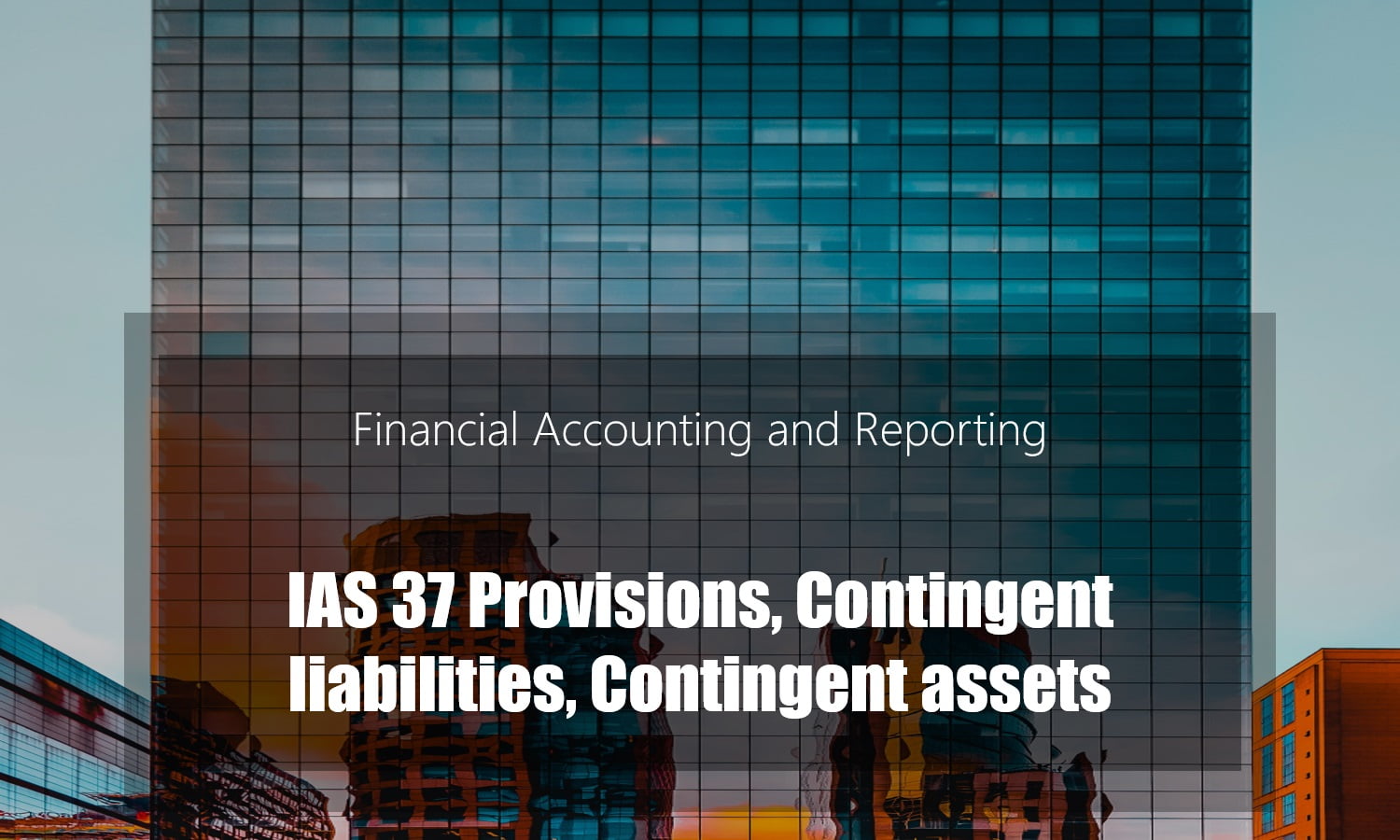IAS Standards
IAS 2 Inventories
IAS 7 Statements of cash flows
IAS 7 Statement of cash flows – Revisited
IAS 8 Accounting policies, changes in accounting estimates, and errors
IAS 10 Events after the reporting period
IAS 16 Property, plant and equipment
IAS 20 Accounting for government grants and disclosure of government assistance
IAS 21 The effects of changes in foreign exchange rates
IAS 24 Related party disclosures
IAS 27 Consolidated and separate financial statements
IAS 28 Investments in associates and joint ventures
IAS 32 Financial instruments: presentation
IAS 33 Earnings per share – Revisited
IAS 37 Provisions, contingent liabilities and contingent assets
IFRS Standards
IFRS 5 Non-current assets held for sale and discontinued operations
IFRS 7 Financial instruments: disclosures
IFRS 10 Consolidated financial statements
IFRS 12 Disclosure of interests in other entities
IFRS 13 Fair value measurement
IFRS 15 Revenues from contracts with customers
IAS 17 VS IFRS 16 Lease – Differences
IAS 37 Provisions Contingent Liabilities and Contingent Assets Overview
IAS 37 full text Outlines the accounting for: (IAS 37 definition)
- Provisions
-
- is a liability with uncertain timing or amount.
- the entity has a present obligation.
- probable ( >50% ) outflow of resources.
- with a reliable estimate.
- Contingent Liabilities
- i.e that does not meet the above criteria ( anyone or all ).
- Contingent Assets
-
- i.e the receipt of which is not yet confirmed.
Accounting for Provisions
Recognition
A provision shall be recognize in financial statements when ALL of the following are met:
Present Obligation:
- The present obligation must have been arise from a past event.
- An entity shall determine whether a present obligation exists at the end of the reporting period by taking account all available evidence:
-
- opinion of experts
- evidence provided by IAS-10.
Probable Outflow:
- i.e the probability of greater than 50% of outflow of resources or other events (provided they are not future costs).
Reliable Estimate:
- This would be a extreme rare case where no reliable estimate can be made.

Measurement
At what Amount?
Best Estimate:
- The amount recognize shall be the best estimate of expenditure require to settle or transfer it to a third party.
- The estimate and financial effect are determine by:
-
- judgment of management
- similar transactions occurred
- independent experts
- Ias-10.
Risks and Uncertainties:
- Risk adjustments may INCREASE the amount at which a liability is measured.
- Risk and uncertainties surrounding the amount of expenditure are DISCLOSED.
Present Value:
- The amount of provision shall be the present value of the expenditure, where the effect of time value of money is material.
Future Events:
- Future events may affect the amount require to settle the obligation (say a change in technology), an entity might include expected cost increase/decrease associated.
Gains from Expected Disposal:
- gains shall not be taken into account in measuring a provision, even if it is closely associated to a provision.
Reimbursements:
- reimbursements (like Insurance contracts, indemnity clauses or suppliers warranties) are treated as separate asset (not netted off against provision) when receipt is virtually certain ( >90% ).
Changes in Provision:
- each provision must be reviewed at the end of each reporting period.
- this might result in de-recognition of a provision that no longer meets the criteria.
- where discounting is used, the carrying amount of a provision increases in each period to reflect the passage of time. this is recognize as a borrowing cost.

Use of Provision
- A provision shall be used only for expenditure for which it was originally recognized.
- If the provision is more than the amount needed to settle the liability, the balance is released as a credit back through Income statement.
- If the provision is insufficient an extra expense is recognized.
IAS 37 Contingent Liabilities
Contingent liability is one that exist at the reporting date but cannot be recognized because it fails to meet recognition criteria (anyone or all)

Contingent Liabilities is either;

Possible obligation
- A possible obligation that arises from Past events.
- It has yet to be confirmed whether the entity has a present obligation that could lead to an outflow of resources.
- A present obligation that fails to meets the other two recognition criteria for provision recognition i.e.:
-
- It is not probable that an out flow of resources will occur.
- Reliable estimate of amount cannot be made.
- A contingent liability is disclosed
- A Joint liability is disclosed as a contingent liability to the extent met by the other party a provision for the part of obligation for which outflow is probable.
IAS 37 Contingent Assets
- A contingent asset is a possible asset that arises from past event. As its existence is yet to be confirmed.
- Contingent assets usually arise from unplanned or other unexpected event that give rise to the possibility of an inflow of economic benefits.
- An entity shall not recognize a contingent asset, since this may result in recognition of income that might never be realized.
- However, when the realization is virtually certain then its recognition is appropriate.
- If an inflow is probable (50%) an entity discloses contingent asset.
IAS 37 pdf with IAS 37 provisions examples
The above IAS 37 summary is the most simplified version. Moreover, Click here to Download IAS 37 pdf

Leave a Reply
You must be logged in to post a comment.